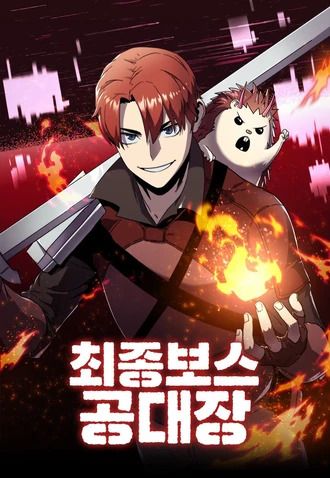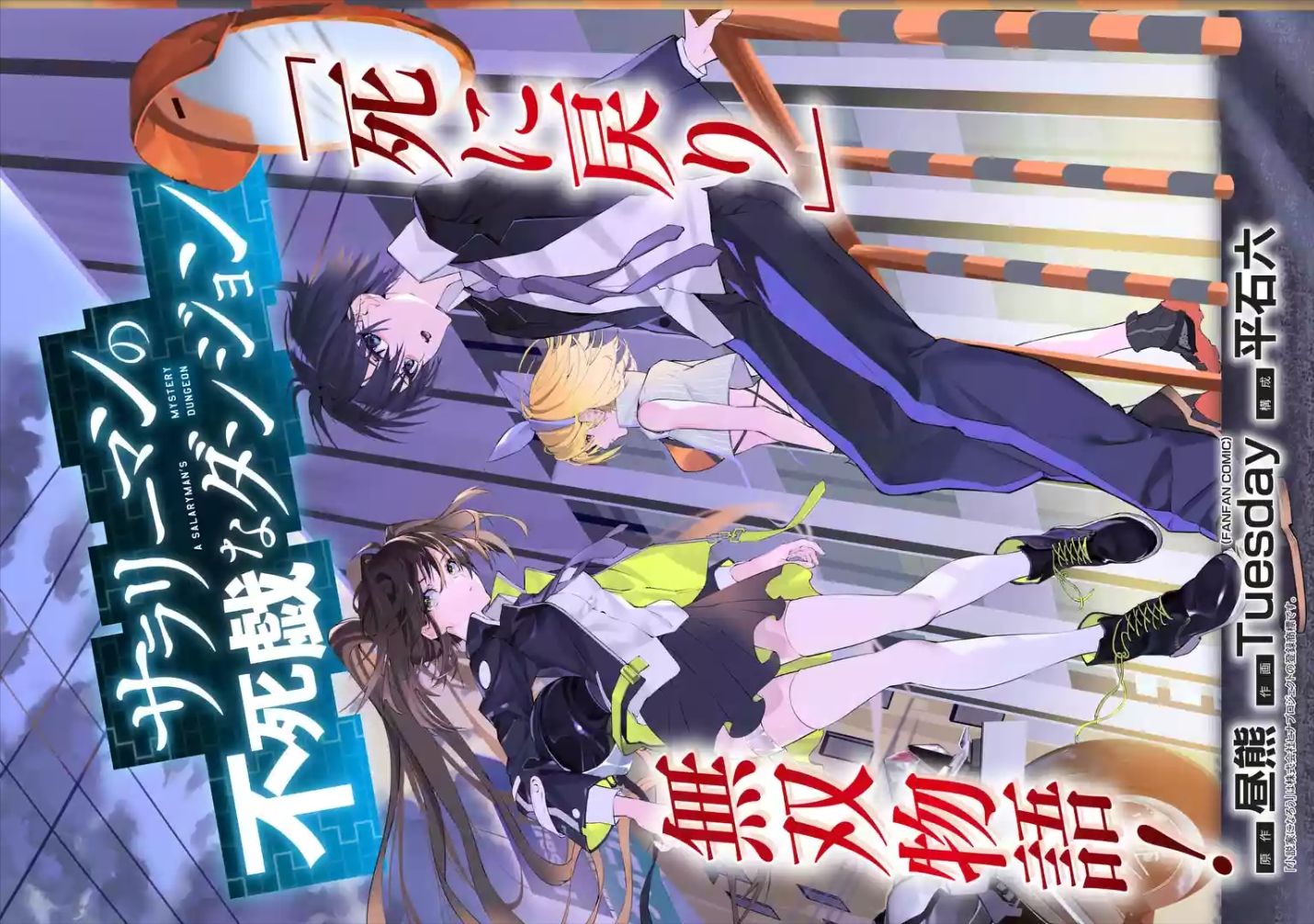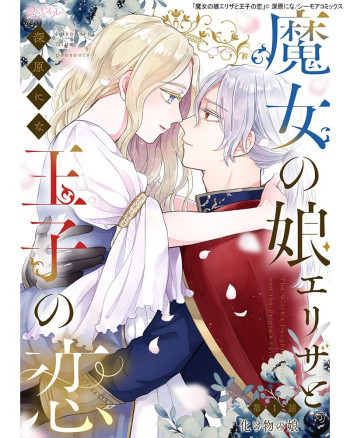Summary

Crane (Five Ancestors 4)
by Jeff Stone
Hok, a crane-style Kung Fu master, is also a master at hiding. For the past 12 years, she has hidden the fact that she is a girl. Now her rogue brother, Ying, and his army have placed a huge price on her head. Fortunately, she manages to make it to Keifeng where she finds her mother and a "round-eye" with the very funny name of Charles. Together Hok and Charles start to make some sense of the magnitude of Ying's plans.
From the Hardcover edition.
.
Read
Crane (Five Ancestors 4) on http://kissnovel.net
Martial Peak Reviews
Crane (Five Ancestors 4) by Jeff Stone is a captivating addition to the Five Ancestors series, which has garnered a loyal following among young readers and martial arts enthusiasts alike. This installment focuses on Hok, a crane-style Kung Fu master who has spent the last twelve years concealing her identity as a girl. The narrative is rich with themes of identity, resilience, and the struggle against societal expectations, making it not just an adventure story, but a profound exploration of self-discovery.
The story begins with Hok living in the shadows, a master of disguise and stealth, which is emblematic of her crane-style training. Her journey is not merely a physical one; it is also an emotional and psychological exploration of what it means to be true to oneself in a world that demands conformity. The tension escalates when her rogue brother, Ying, places a bounty on her head, forcing Hok to confront her past and the family dynamics that have shaped her life. This conflict serves as a catalyst for her character development, pushing her to embrace her identity and fight for her autonomy.
One of the most compelling aspects of Crane is the relationship between Hok and Charles, a "round-eye" who adds a layer of humor and lightness to the narrative. Their interactions are not only entertaining but also serve to highlight cultural differences and the importance of friendship in overcoming adversity. Charles, with his quirky name and endearing personality, acts as a foil to Hok's serious demeanor, providing moments of levity that balance the darker themes of the story. Together, they embark on a quest to thwart Ying's plans, which adds an element of urgency and excitement to the plot.
The book's pacing is well-crafted, with action sequences that are both thrilling and well-described, allowing readers to visualize the intricate movements of Kung Fu. Stone's background in martial arts shines through in these scenes, making the fight choreography feel authentic and engaging. The descriptions of Hok's crane-style techniques not only serve to enhance the action but also symbolize her journey towards embracing her true self. Each fight becomes a metaphor for her internal struggles, illustrating how she learns to harness her skills and confidence.
Thematically, Crane delves into the complexities of gender identity and the societal pressures that dictate how individuals should behave based on their gender. Hok's struggle to hide her identity resonates with readers who may feel similarly constrained by societal norms. Stone's portrayal of a strong female protagonist who defies expectations is both empowering and inspiring, particularly for young readers who may be grappling with their own identities. The book encourages readers to embrace their uniqueness and to fight against the forces that seek to suppress them.
In addition to its exploration of identity, the novel also touches on themes of family loyalty and betrayal. Hok's relationship with her brother Ying is fraught with tension, as she grapples with the conflicting emotions of love and fear. This dynamic adds depth to the narrative, as readers are invited to consider the complexities of familial bonds and the impact of choices made in the name of loyalty. The moral ambiguity of Ying's character serves to challenge Hok's perceptions of right and wrong, further enriching her character arc.
Stone's writing style is accessible and engaging, making it suitable for a middle-grade audience while still offering depth that can be appreciated by older readers. The dialogue is sharp and often humorous, which helps to maintain a light-hearted tone even in the face of serious challenges. The vivid descriptions of the setting, particularly the bustling city of Keifeng, immerse readers in the world of the story, making it easy to visualize the characters' adventures.
When compared to other works in the genre, such as The Last Airbender series by Michael Dante DiMartino and Bryan Konietzko, Crane stands out for its focus on a female protagonist navigating a male-dominated world. While both series incorporate elements of martial arts and adventure, Stone's narrative is particularly notable for its emphasis on personal growth and self-acceptance. The character of Hok is a refreshing departure from traditional tropes, embodying strength, vulnerability, and resilience.
Overall, Crane (Five Ancestors 4) is a powerful tale that resonates on multiple levels. It combines action, humor, and heartfelt moments to create a story that is both entertaining and thought-provoking. Hok's journey of self-discovery, coupled with the rich themes of identity and family, makes this book a must-read for young audiences and anyone who appreciates a well-crafted narrative. Jeff Stone has once again proven his ability to weave complex themes into an engaging story, ensuring that Crane will leave a lasting impact on its readers.
























Reviews 0
Post a Reviews: